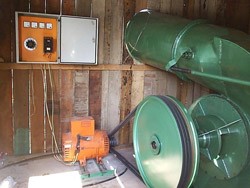
Challenge
An estimated 12 million Brazilians lack access to electricity, many of whom live in remote areas of the Amazon rainforest. In recent years, a government program has linked an impressive 1.5 million Brazilians to electricity through grid extension. But as it reaches more remote areas, grid extension becomes more expensive and serves fewer people.
Initiative
USAID and its partners designed a solution to this problem through a pilot project to install a renewable-energy “mini-grid” in a remote community. Mini-grids eliminate the need to extend a country’s electrical grid into remote areas. With technical support from energy companies, the people in remote communities take charge of managing their local grid. The pilot was tested in the village of Cachoeira do Aruã, a 10-hour, 145-kilometer boat ride from Santarém up a tributary of the Amazon. The project team installed a 50-KW hydropower turbine at a five-meter waterfall and a mini-grid in the village. They also negotiated legal terms with the local power utility, helped the community organize a management system, and even advised them on developing and marketing sustainable products.
Results
The Brazilian Ministry of Mines and Energy now has a working model of affordable rural electrical provision that it can use to bring electricity to remote communities throughout Brazil. This model could benefit millions of people while providing clean, renewable energy in the environmentally sensitive Amazon. In the village of Cachoeira do Aruã, in addition to the direct benefit of access to electricity, the process the community went through was useful. They learned about responsible energy use and created in a community association that will continue promoting the village’s advancement. The village’s goal now is to ensure that income-generating projects such as a woodshop and ecotourism get off to a good start.

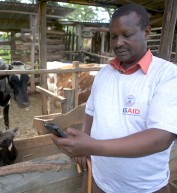

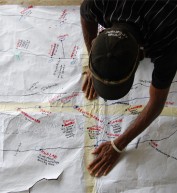
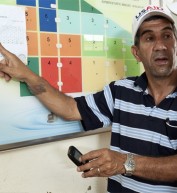

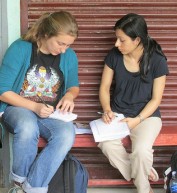
Comment
Make a general inquiry or suggest an improvement.